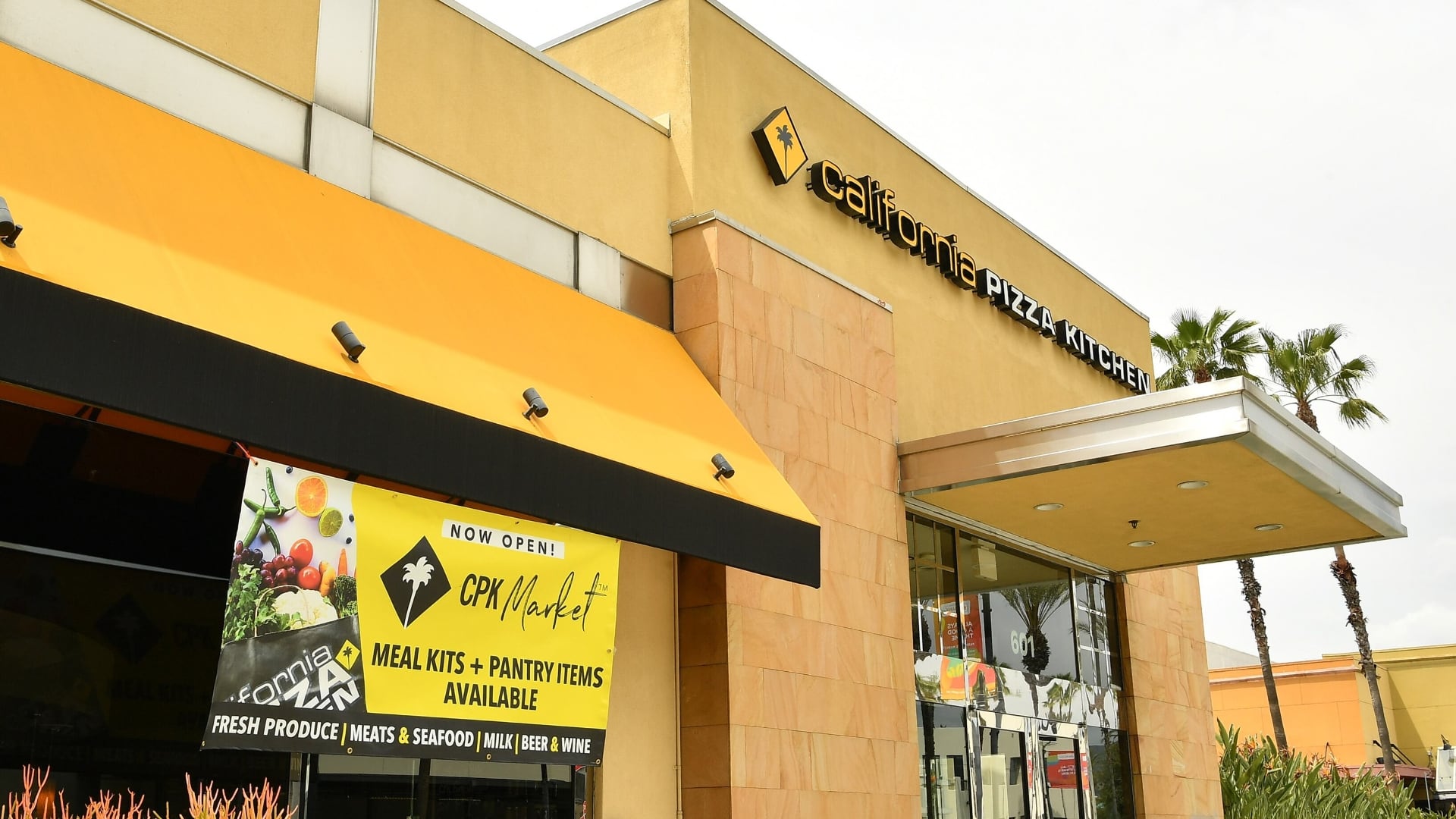An image of Parkland, Fla., survivor Emma Gonzalez ripping up the Constitution is lighting up parts of the Internet. But that image is a grossly manipulated version of the original, which actually shows Gonzalez tearing a poster of a shooting target for a Teen Vogue article. Storyful research director Ben Decker explained how the altered image came to be. “You had a number of people on 4Chan -- obviously, one of the vanguards and origins of a lot of disinformation stories -- essentially asking people if they could take it apart and recreate the...meme,” he said. Sites like 4Chan and Gab have grown in popularity as traditional social media sites have tried to crack down on the spread of disinformation. “Gab, for instance, which claims to have almost a million users, essentially started with a large number of people who were kicked off of Twitter and...Facebook,” Decker said. Another option called “Gunbook” emerged soon after the shooting at Marjory Stoneman Douglas High School. “A Scottish man realized that he couldn’t advertise most of his gun ownership...on Facebook. So now all of a sudden you have a completely new space where people are...continuing this conversation about having to defend the Second Amendment.” The image of Gonzalez is just one example of how the stringent supporters of gun rights have been vilifying the survivors of the Parkland, Fla., shooting. In the immediate aftermath, conspiracy theorists perpetuated the idea that David Hogg, another student survivor, was a crisis actor. According to Decker, the easiest way to spot fake images online is to use Google’s reverse image search feature, which will bring up the starting points for much of the viral content. “But ultimately, I think there needs to be a real understanding of...how would this play into a narrative either on the left or the right. We have to consume news in a much more objective mindset.” For the full interview, [click here](https://cheddar.com/videos/the-real-dangers-of-fake-news).












